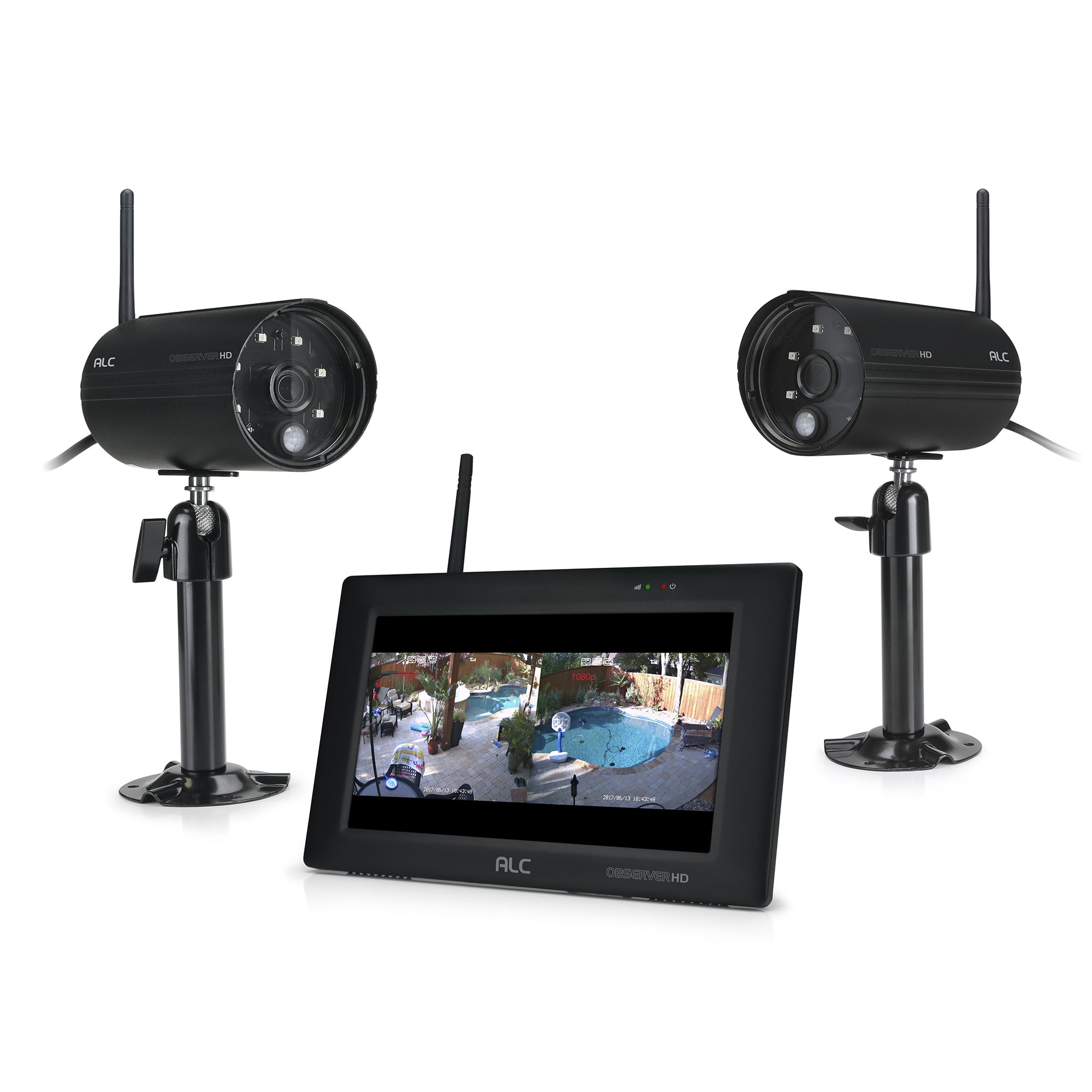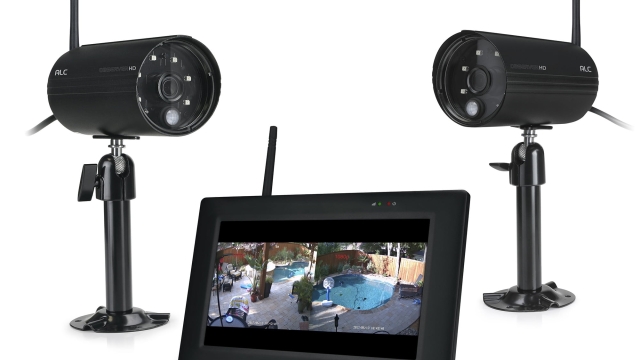
As the world becomes increasingly focused on securing our surroundings, one technology has played a vital role in this endeavor: security cameras. These vigilant guardians are the unblinking eyes behind the scenes, tirelessly monitoring and recording our surroundings to keep us safe. From streets and buildings to homes and businesses, their ever-watchful presence provides reassurance and acts as a deterrent against potential threats.
With their proficient lens and cutting-edge technology, security cameras offer a level of surveillance that was once only imaginable. These devices are now an integral part of our modern security ecosystem, capturing high-resolution images and videos that can be crucial in identifying criminals, preserving evidence, and preventing unlawful activities. Steadily keeping a watchful eye on both public and private spaces, security cameras empower law enforcement agencies, businesses, and individuals with the means to maintain a secure and protected environment.
###The Evolution of Security Cameras
In the early days of security, when the need for surveillance arose, human guards were entrusted with the task of keeping an eye on the premises. However, the limitations of human observation soon became evident, leading to the birth of security cameras. These technological marvels brought about a revolution in the way we approach security.
The first generation of security cameras were bulky and had limited capabilities. They relied on analog technology, capturing black and white images that were often grainy and of poor quality. These cameras were not equipped with advanced features like motion detection or night vision, making them less effective in capturing vital information.
As technology progressed, we witnessed the advent of digital security cameras. These cameras offered higher resolution images and the ability to record videos with better clarity. With the introduction of digital storage mediums, such as hard drives and memory cards, these cameras became more efficient in storing large amounts of footage for extended periods.
In recent years, security cameras have undergone significant advancements with the integration of smart features. These cameras can now detect motion, recognize faces, and send real-time notifications to homeowners or security personnel. Furthermore, the utilization of Artificial Intelligence (AI) has enhanced the capabilities of these cameras, allowing for more accurate detection of suspicious activities and the ability to differentiate between people and objects.
In conclusion, security cameras have come a long way since their inception. From the early days of basic analog cameras to the cutting-edge smart cameras of today, their evolution has transformed the way we approach security and surveillance. As technology continues to progress, we can expect even more exciting developments in the field of security cameras, ensuring a safer and more secure future.
Benefits of Surveillance Cameras
Surveillance cameras play a crucial role in enhancing security measures. By constantly monitoring and recording activities in their vicinity, these cameras can provide a range of benefits. This section explores some of the key advantages of utilizing surveillance cameras:
Deterrence of Potential Crimes: Security cameras act as a visible deterrent to potential criminals. The presence of cameras can discourage individuals from engaging in illegal activities, as they are aware that their actions are being recorded. This proactive approach to security helps prevent crimes from occurring in the first place.
Evidence Collection: In the unfortunate event of a crime or incident, surveillance cameras serve as valuable tools for evidence collection. By capturing footage of the incident, cameras provide visual documentation that can aid in identifying perpetrators, understanding the sequence of events, and providing crucial evidence for legal proceedings. This capability supports law enforcement agencies in their investigative processes.
Enhanced Public Safety: Surveillance cameras contribute to the overall safety of public spaces. By monitoring both indoor and outdoor areas, these cameras can quickly detect and alert authorities to potential threats or emergencies. This real-time monitoring allows for prompt response and intervention, helping to prevent and mitigate risks, thereby making public spaces safer for individuals.
Security Camera Installation
Overall, the implementation of surveillance cameras offers significant benefits, including deterring potential crimes, providing valuable evidence, and enhancing public safety. By harnessing the power of technology, security cameras augment security measures, providing a vigilant eye that actively contributes to the protection of individuals and property.
3. Future Advancements in Surveillance Technology
Advancements in surveillance technology are continually shaping the landscape of security cameras. As we look to the future, several exciting developments are poised to revolutionize the field of surveillance.
Firstly, the integration of artificial intelligence (AI) promises to significantly enhance the capabilities of security cameras. AI-powered algorithms can be trained to detect specific objects, people, or behaviors, enabling cameras to automatically detect and respond to potential threats. This real-time analysis enables quicker and more efficient response times, bolstering overall security measures.
Another area of advancement lies in the use of facial recognition technology. By leveraging sophisticated algorithms, surveillance cameras can identify individuals in real-time based on their unique facial features. This capability has vast implications for law enforcement agencies, as it can aid in identifying and apprehending wanted individuals, enhancing public safety.
Additionally, advancements in video analytics hold great promise for the future of surveillance cameras. By analyzing video footage for patterns, anomalies, or unusual activities, cameras equipped with advanced video analytics can flag suspicious behavior and send alerts to security personnel. This proactive approach to surveillance can help prevent potential threats before they escalate, making public spaces safer for everyone.
In conclusion, the future of surveillance technology is increasingly promising. Through the integration of AI, facial recognition, and advanced video analytics, security cameras are set to become more intelligent, proactive, and effective. With these advancements, we can anticipate safer and more secure environments for individuals and communities alike.


